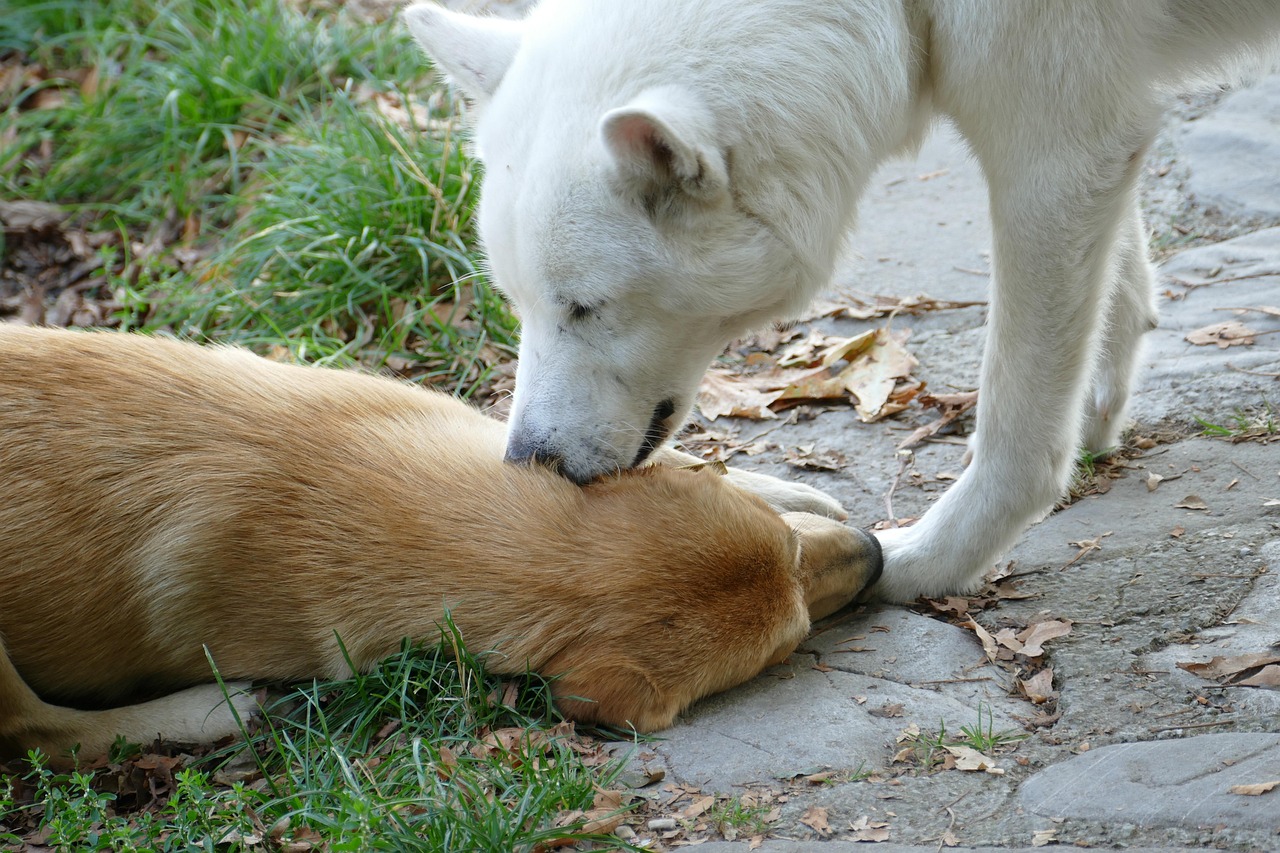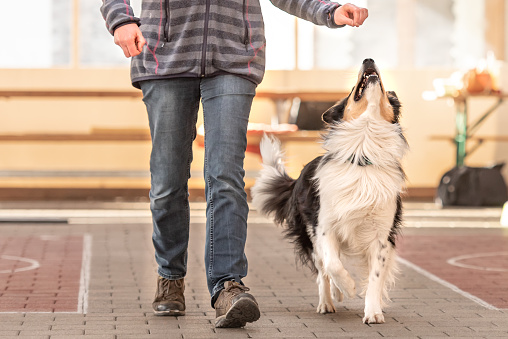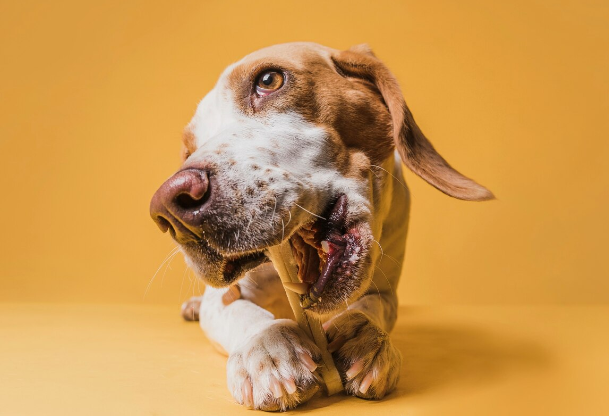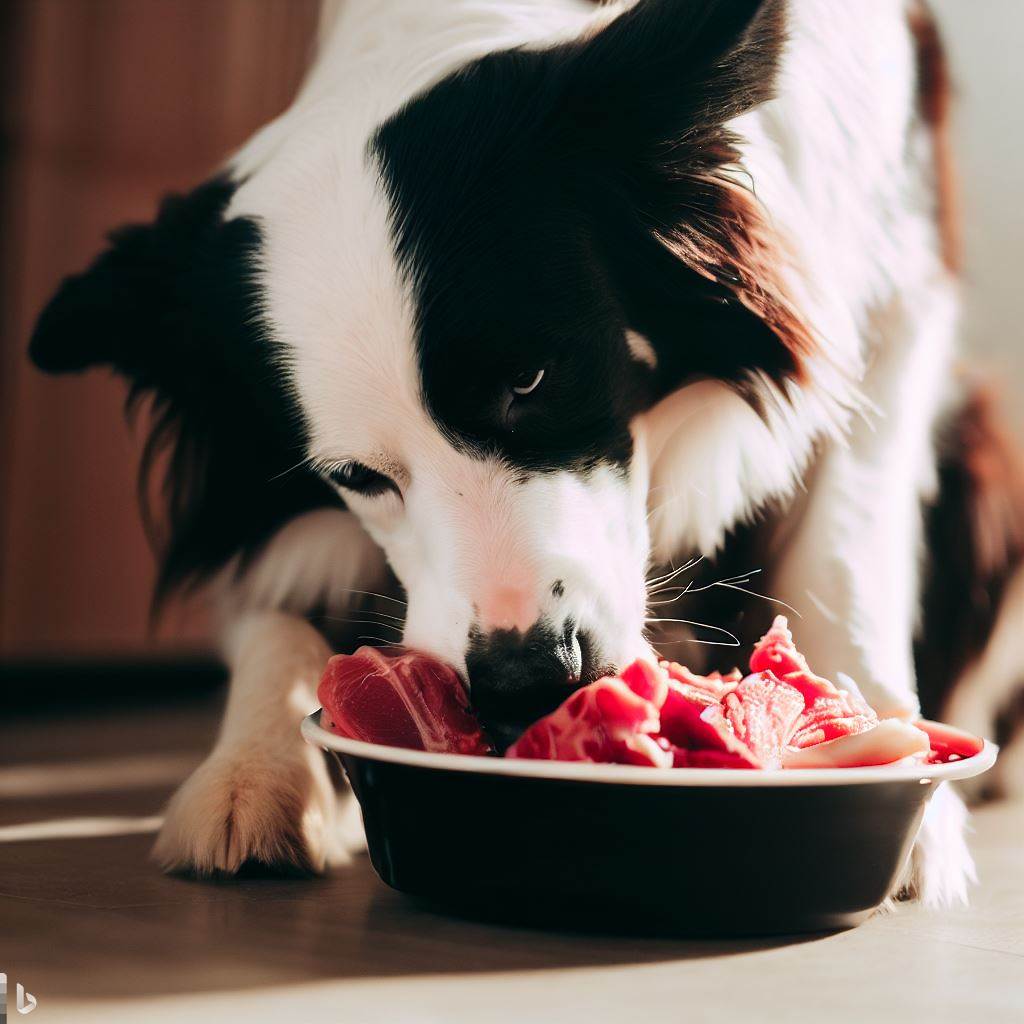
Dogs often lick each other’s ears for various natural reasons that can range from social bonding to grooming. This behavior can serve as a friendly greeting rooted in their pack instincts, a means of grooming, and a sign of affection that strengthens bonds among them. However, excessive ear licking can indicate compulsive behavior due to anxiety or boredom, and it’s important for owners to monitor this behavior. We will discuss the common reasons for dogs to lick ears and the potential medical implications in the article below.
Common Reasons Why Dogs Lick Ears
1. Appealing Taste
Dogs may find the taste of earwax appealing due to its combination of saltiness and bitterness. The mix of pollen, dead skin cells, microbes, and dirt seems attractive to them. There doesn’t seem to be specific scientific research on whether dog earwax is attractive to other dogs. However, dogs are known to be curious about each other’s scents, including those from ears, as part of their social behavior. They use their sense of smell to gather information about other dogs, which might explain why they sometimes sniff or lick each other’s ears.
There is a very interesting research on the subject of scent and its importance in a social context that you might want to check—“What is in a scent? Understanding the role of scent marking in social dynamics and territoriality of free-ranging dogs”. It can be found in the Behavioral Ecology and Sociobiology, volume 79, issue 1 and you can download it as a PDF.
2. A Friendly Greeting
Dogs are social animals and licking can be used as a friendly greeting to another dog. You can often see domestic dogs use ear licking as a sign of respect and friendship which contributes to social bonding. Social bonding among dogs is extremely important for their overall well-being and psychological health. While domesticated dogs don’t typically need to hunt, many still exhibit cooperative behaviors and show respect when interacting with other dogs, whether it’s playing, guarding your home with other dogs, herding livestock, or sharing resources.
3. Grooming
Mutual grooming among canines can be interpreted in many ways. A mother licking her puppies can be a sign of love and an effort to keep them clean. If your dog is intensely licking another dog in their social group that could be a sign of affection or just trying to help a buddy keep clean. While dogs do not engage in vigorous grooming through licking like cats it is common for them to do it after a long walk or a hike.
4. Anxiety and Separation
Obsessive ear licking can be worrisome when your dog puts a lot of energy and time into this activity. Excessive ear licking may be caused by stress, anxiety, and fear of separation. As mentioned earlier, licking can be a sign of affection and if your dog is doing that too much they may be afraid that they will be left alone. If your dog has experienced a big change in their life recently (such as moving to a new home) they may lick another dog’s ears for a long period as a way to self-soothe. Try to spend more time with your pooch and possibly give them a new toy to keep them entertained and strengthen your bond.
5. Boredom
Some canines just like licking ears when they are bored and looking for entertainment from other animals. If you own two pets at home you may have seen your dog come into the room and just start licking your cat’s ears out of the blue. This is normal and is not a cause for concern.
We talk more about dogs licking stuff here:
How to Discourage Excessive Ear Licking
Keep your dog occupied with toys, do not skip walks outside so you can allow your pooch time to spend their energy, and engage in playtime with your dog so you keep them mentally stimulated. Many dogs like agility races, hikes, and games like tug-of-war, fetch, and running. You can also redirect the licking behavior by giving your dog a kong with treats or a licking mat which can be amazing for service dogs too. Another major way of discouraging this behavior is making sure your devoted canine is trained and responsive to commands like Come, Heel, Stay, etc.
If you recently adopted a puppy and need to start training them then you may want to see our article “Beginners Guide to Puppy Training”.
Your fur friend’s nose is a powerful tool for exploring their environment. If you see your dog invest a lot of time in licking a particular dog’s ears that may be a sign that the other dog is developing an ear infection. Canines have an extraordinary sense of smell, capable of detecting subtle changes in scent caused by infections or other health issues. This ability has been studied in contexts like detecting cancer as research in the National Library of Medicine shows.
Is Ear Licking Safe?
This is a tough question to answer. As long as it is not excessive – yes. If your dog is interacting with sick animals or those with poor hygiene – not so much. Try to keep your dog away from unsafe animals and stay in touch with other pet owners whose pooches play with yours. This should enable you to avoid potentially unsafe interactions.
Do You Need Help From a Veterinarian?
If the licking behavior is obsessive and you can not really stop or redirect it then you should consult a veterinarian. They may have to investigate the potential medical causes. Veterinary medicine shows that treatment with narcotic antagonists can help reduce self-licking, self-chewing, and scratching behavior in dogs.
You may want to see our article “My Dog Is Constantly Scratching And Biting Themselves”.
What exactly is a “narcotic antagonist”? Narcotic antagonists are a classification of drugs that block the euphoric (and all other) effects of opiates. Examples of narcotic antagonists include naloxone, nalmefene, and naltrexone. Naloxone is particularly popular for its rapid action in emergency situations. These drugs are essential tools in veterinary medicine for managing opioid-related complications and ensuring the safety of animals undergoing treatment. Less frequent applications may include supporting right heart function and control of compulsive behaviors.












